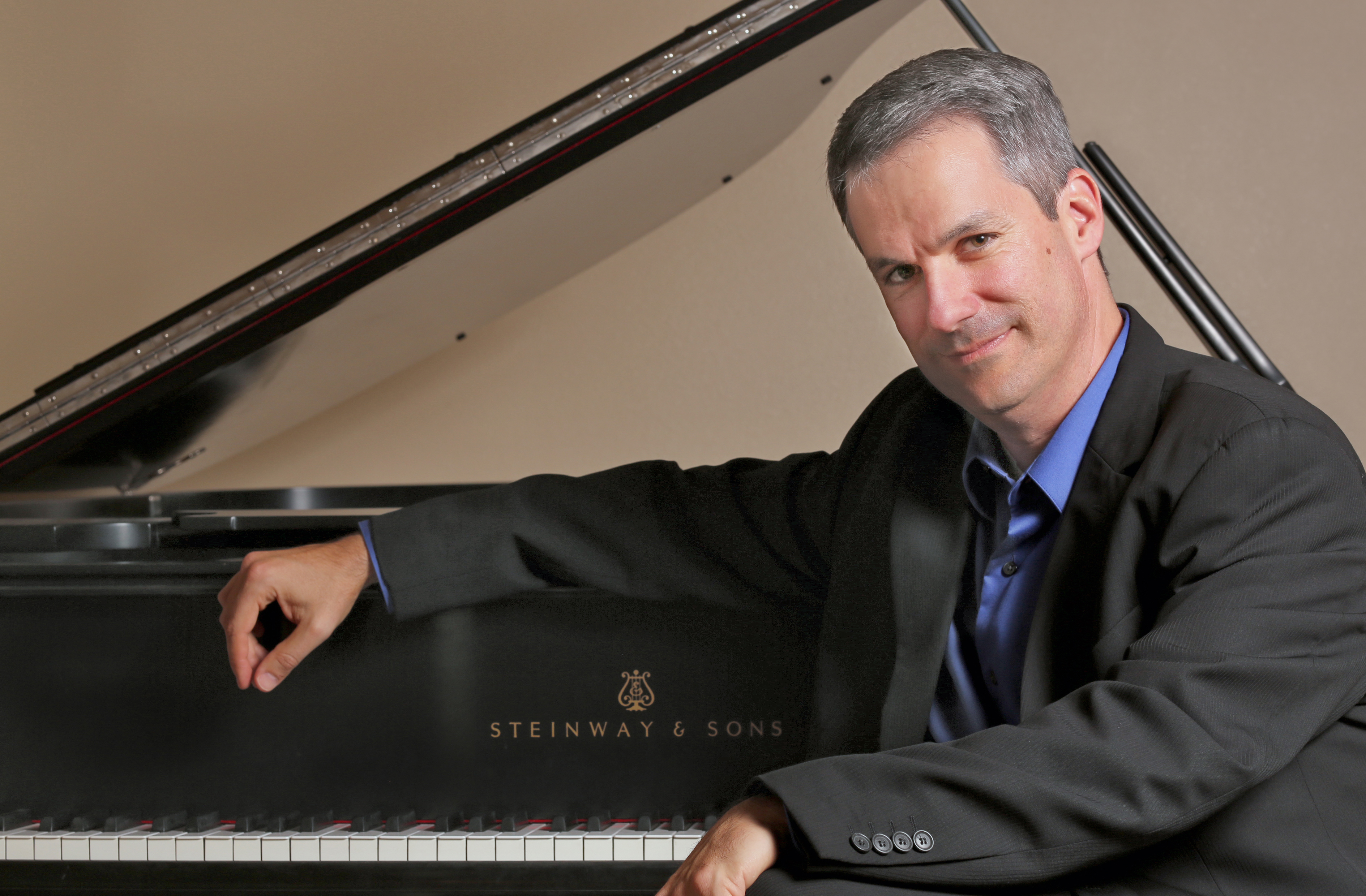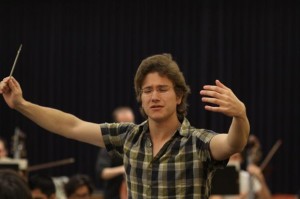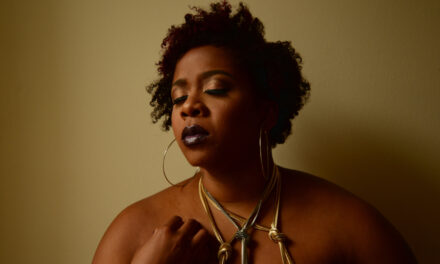Amnon Weinstein, founder of Violins of Hope. Photo: Debra Yasinow
The Louisville Orchestra Signature Classics Series Presents:
Violins of Hope
Teddy Abrams, conductor
Avshalom Weinstein, guest commentator for Violins of Hope
Members of the Louisville Ballet featuring Erica De La O and Mark Krieger
Kathleen Karr, solo flautist
Gabriel Lefkowitz, solo violin
Catherine Blades, narrator
Andrea Schermoly, choreographer
A review by Annette Skaggs
Entire contents are copyright © 2019 by Annette Skaggs. All rights reserved.
For the past couple of weeks, Louisville was gifted with a poignant and meaningful gift: Violins of Hope. Renowned violinmaker Amnon Weinstein was moved by the stories that his family would share about the horrible loss that they endured during the Holocaust. The young craftsman knew he wanted to do something to help reclaim his lost heritage. When a customer brought a violin to him to refurbish, he learned that many Jewish musicians would play music as their sisters and brothers were sent to the gas chamber. As Amnon opened the case, there was ash intermingled with the instrument.
Soon after that encounter Amnon, along with his son Avshalom, began Violins of Hope. The violins that are part of this collection all once belonged to someone who was a victim of the Holocaust. While the individual may have departed, through the Weinsteins’ loving restoration, these instruments allow their voice to be heard once more.
As part of the Louisville tour, the violins were on display and played in various locations like the Louisville Free Public Library, The Temple, various denominations of churches and schools. Saturday’s Louisville Orchestra concert was the last stop of the tour.
In the lobby, flanked by Louisville Orchestra employees, the instruments were on display for all to see. As I looked at them, I could not help but to think of the joy and sorrow that are a part of each instrument. While some of them looked simple, there were others that had lovely ornamentation and I was anxious to hear them sing again through the talented hands of our Orchestra. And sing they did.
The evening began with Paul Schoenfield’s Klezmer Rondos II, featuring Kathleen Karr on flute and piccolo. As Mr. Abrams shared with the audience, this was perhaps the most light and happy musical piece of the evening. He wasn’t kidding.
I truly enjoy listening to pieces of music new to me and this was one three that I got to experience Saturday evening. With an almost ethereal sound through the chimes and piano, the piece quickly delves into Ms. Karr expertly maneuvering between 2 flutes and piccolo. While this piece isn’t as hevy with clarinet as other Klezmer music that I am familiar with, I truly enjoyed the different composition that this piece delivers. There are parts within in which you forget that it is Klezmer and it sounds classical and symphonic. And that was the goal of Mr. Schoenfield’s Rondo. With the infusion of Gypsy dances and European writing, this Rondo was an eclectic potpourri of influence that makes a person wants to get up and dance.
The Louisville Orchestra commissioned Judith, a ballet scenario based on the story of Judith in the Apocrypha, in the late 1940s. Written by William Schuman and choreographed by Martha Graham, Judith made its debut under the baton of Robert Whitney in January 1950. Fast-forward nearly 70 years and Judith is still a prominent piece in the ballet and orchestra repertoire, as is the costuming. Mr. Abrams shared that the Getty Museum in Los Angeles currently has a display devoted to Judith. Saturday evening, we were treated to this powerful story through the grace and movements of members of the Louisville Ballet.
If you are not familiar with the story, Judith (Erica De La O), a recent widow, takes it upon herself to help her fellow Israelites through a crisis of drought by enticing the Assyrian general Holofernes (Mark Krieger) through her beauty. She seduces the general, takes advantage of his impairment and saves her people. Her story is not only immortalized in song and dance but also in Michelangelo’s Sistine Chapel ceiling.
At the beginning of the piece, you can feel the despair that Judith and her people are experiencing, with low winds and sweeping strings. Soon the sound of light, airy woodwinds, and sharp brass blasts herald Judith’s travel to the General’s camp to begin initiating her plan. Then a beautiful oboe solo (sorry I couldn’t see who the soloist was) begins as Judith beguiles the General who is inebriated from feasting. Soon a flurry of orchestral activity starts up, beginning in the strings, with the pizzicato movement, Judith initiates her deathblow and suddenly the brass and percussion section come alive with exclamation. As Judith carries the severed head, the orchestra is calm and has a feeling of quiet victory and resiliency.
While I have not seen the epic drama Schindler’s List, I know its music intimately. To be truthful, I would have been surprised if the Louisville Orchestra did not perform something from the movie during this important and inspiring concert. John Williams’ haunting soundtrack elicits all of the visions and feelings that our Jewish brethren were experiencing during the Holocaust. The selections chosen for the evening were Schindler’s List, Jewish Town (Krakow Ghetto – Winter ’41), and Remembrances. All of the pieces feature solo violin, which was soulfully provided by concertmaster Gabriel Lefkowitz on one of the Violins of Hope.
What did I hear as I listened to Gabriel put bow to string on a violin whose meaning and place in our collective history is almost beyond comprehension? I heard a simple, yet elegant experience of sound. Isn’t it odd that just a couple of weeks prior we were privy to listen to one of the most expensive violins in the world and it indeed produced one of the most glorious tones I have heard from a violin, but the instrument that Gabriel and the other members of the violin section played with eloquence and reverence made a different noise, melodies that made one remember, made one reflect.
Our Louisville Orchestra, on the whole, embraced the magnitude of the symbolic nature of the chosen violins and I was hard-pressed to hear anything to nit-pick about.
The evening concluded with Michael Tilson Thomas’s From the Diary of Anne Frank. Commissioned by Audrey Hepburn, the piece incorporates favorite parts from Anne’s diary and is set to both music and narration. In the evening’s program notes it is mentioned that Tilson Thomas composed the piece to capture the rhythms and lilt of Ms. Hepburn’s voice and also tapping into his own Yiddish heritage. I’d have to agree to these observations, to a degree.
Mr. Tilson Thomas was truly successful in composing a strong and moving piece and the Louisville Orchestra did well with actress Catherine Blades narrating. Her voice and inflections were reminiscent of what a 13-14-year-old young lady would be. Throughout the performance you could hear happiness and fear in Ms. Blades’ voice and our orchestra echoed all of those feelings.
In the beginning of the performance Mr. Abrams shared the importance of storytelling and the whole concert was an important and reflective story. With the dynamic work by Miriam Ostroff, Louisville was introduced to Violins of Hope whose instruments have historical and sentimental impact and I thank her for her gift in doing so.
Bravi Tutti!
Violins of Hope
October 25-26, 2019
Louisville Orchestra
Whitney Hall, Kentucky Center
501 West Main Street
Louisville, KY 40202
Louisvilleorchestra.org
Annette Skaggs is heavily involved as an Arts Advocate here in Louisville. She is a freelance professional opera singer who has performed throughout Europe and in St. Louis, Cincinnati, Boulder, Little Rock, Peoria, Chicago, New York and of course Louisville. Aside from her singing career, she has been a production assistant for Kentucky Opera, New York City Opera, and Northwestern University. Her knowledge and expertise have developed over the course of 25+ years’ experience in the classical arts.





